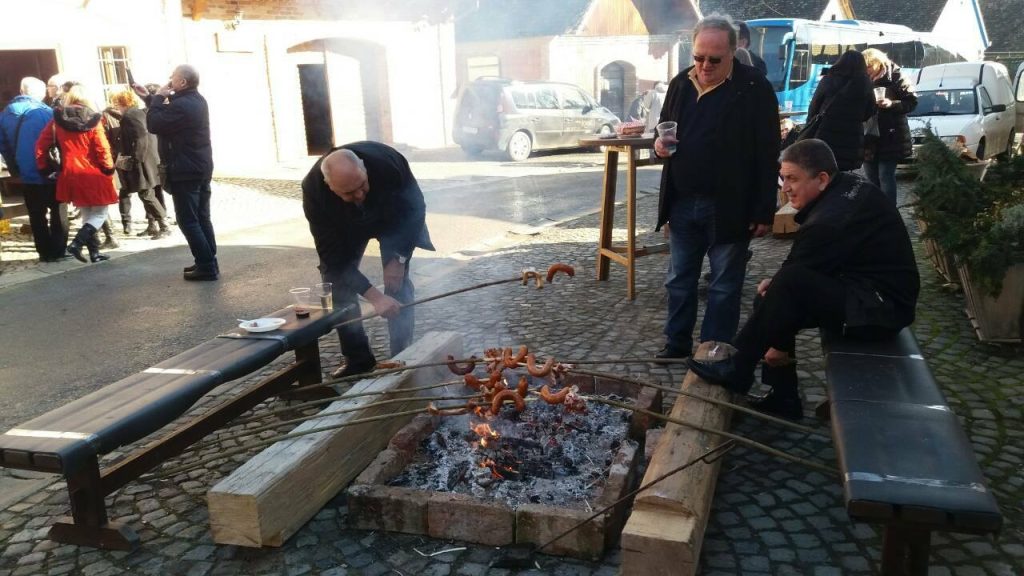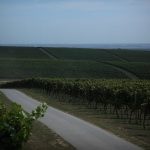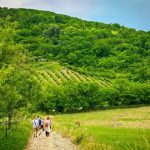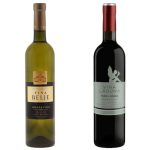This year the holiday of St Vincent, protector of sailors, glassmakers and of course winemakers falls on a Monday. If the holiday does not fall on a weekend, our winemakers are accustomed to join it with the closest weekend, the one before or after January 22, often combining both weekends.
Since I decided to spend this Vinkovo in Ilok, on Saturday we headed to Baranja to check on the preparations for the celebration of Vinceška. Vinceška is a characteristic, specific term used only in Baranja for the celebration of this holiday. Elsewhere it is known as Vincekovo, Vincelovo, Vinkovo, but just Vinceška in Baranja.
Although winds, that Saturday afternoon the weather was lovely. Our first stop was the lookout on the Belje wine road. It was crowded, many tourists passing along the wine road, stopping, taking picture… We did not hang around long, continuing to the antenna at the top of Banovo Brdo, changing into hiking clothes and slowly descending down the northern face.
We came across the Hudobec winery. It is not common knowledge that Hudobec is the only winery on the Goldberg position. Goldberg is a vine growing position on Banovo Brdo with the best terroir; best microclimate conditions and soil composition. Goldberg (German for golden hill) is a name given to it by Austrians after Baranja was freed from the Ottomans. There is a ‘golden’ continuity to toponyms in the area, with Romans naming the Baranja mountain Mons Aureus, with the same meaning.
We were met by a merry crew and winery owner Josip Hudobec, who disclosed that the past vine growing year was phenomenal and hopes the next will be too. At one moment I had a feeling we were in a vineyard in north-western Croatia. Although in Baranja, most of the people around me spoke in the kajkavski dialect. But this is all part of the Baranja multicultural mosaic. A large number of Popovac residents, where the winery owner himself lives, arrived in various migration waves from Zagorje and Međimurje. Popovac used to be known as Bán, so the entire Baranja mountain was probably named after it. We said our goodbyes and enjoyed the fantastic view from Goldberg to Aršanj and the Villany vine region in neighbouring Hungary. Not many know the Villany vine region, the most famous one in Hungary, belong to a Belje feudal manor around a hundred years ago.
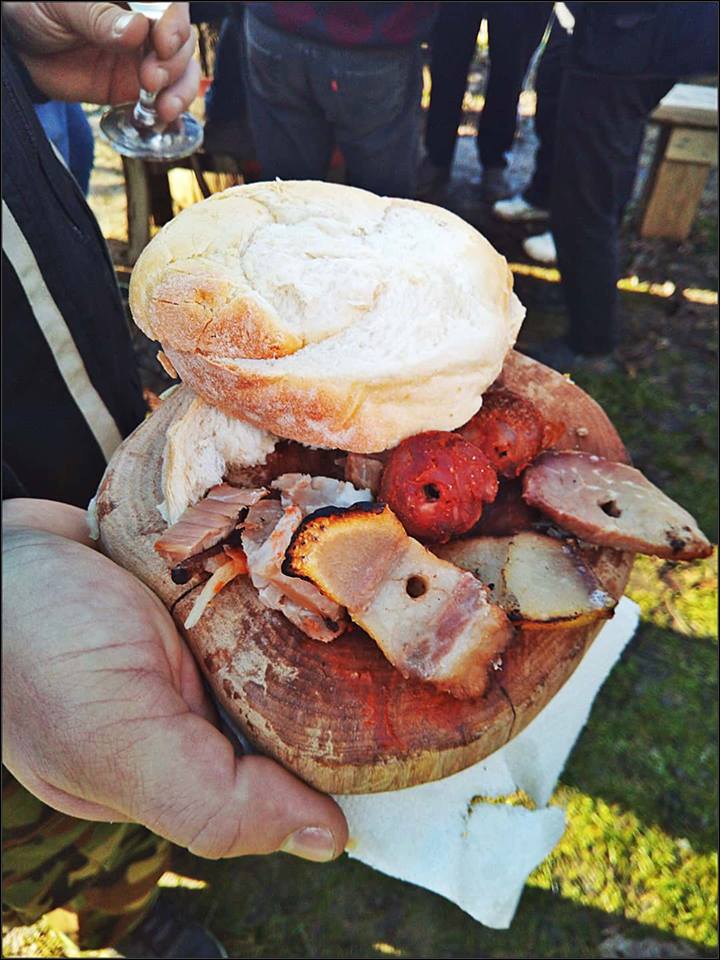
After tasting excellent wines from Goldberg and discovering the northern face, we decided to spend the rest of the time on the southern slopes. While climbing on foot back to the antenna, the Hudobec wine effects faded away. We got in the car and passed a new Belje winery enroute to Kamenac. The Budžak wine road was crawling with visitors, but realizing we are short of time we did not pause, but continued to the wine capital of Baranja – Zmajevac.
Zmajevac seemed quiet and dormant that Saturday afternoon, as if everyone was resting up for Monday. On passing the reformist and catholic roads we arrived at Kusić winery, at the end of the catholic road. There was a mass of people outside, who did not heed us or our car, so we had no choice but to take a break. The Kusić winery has vineyards at the Mali Brijeg location and nine hectares in cultivation. Their cellar includes a tasting room and accommodation as of recently. Their offer of wine includes Graševina, Chardonnay, Sauvignon, Pinot Blanc, Pinot Noir and Cabernet Sauvignon. The winery owner is known to all as Taso. He is a big man in the full sense of the word, in form and hospitality, in the manner with which he welcomes guests. We sat by the open fire and roasted sausages and bacon while sipping Taso’s excellent wine, while the sun set slowly on the catholic road.
At the end, in closing I must say this was more than a successful warm up for the Vinceška in Baranja. First we visited Hudobec on the northern face who is originally from Zagorje, ending up on the southern side with Kusić who is Bosnian. All this points to Baranja once being a promised land for people from all over. Joining the indigenous Šokci, Hungarians, Serbs and Germans, Baranja was populated from all parts of Croatia, which gave its gastronomy a special flare and charm. Such as mall geographic area has a concentration of various gastronomy traditions, which are not static but intertwine.

